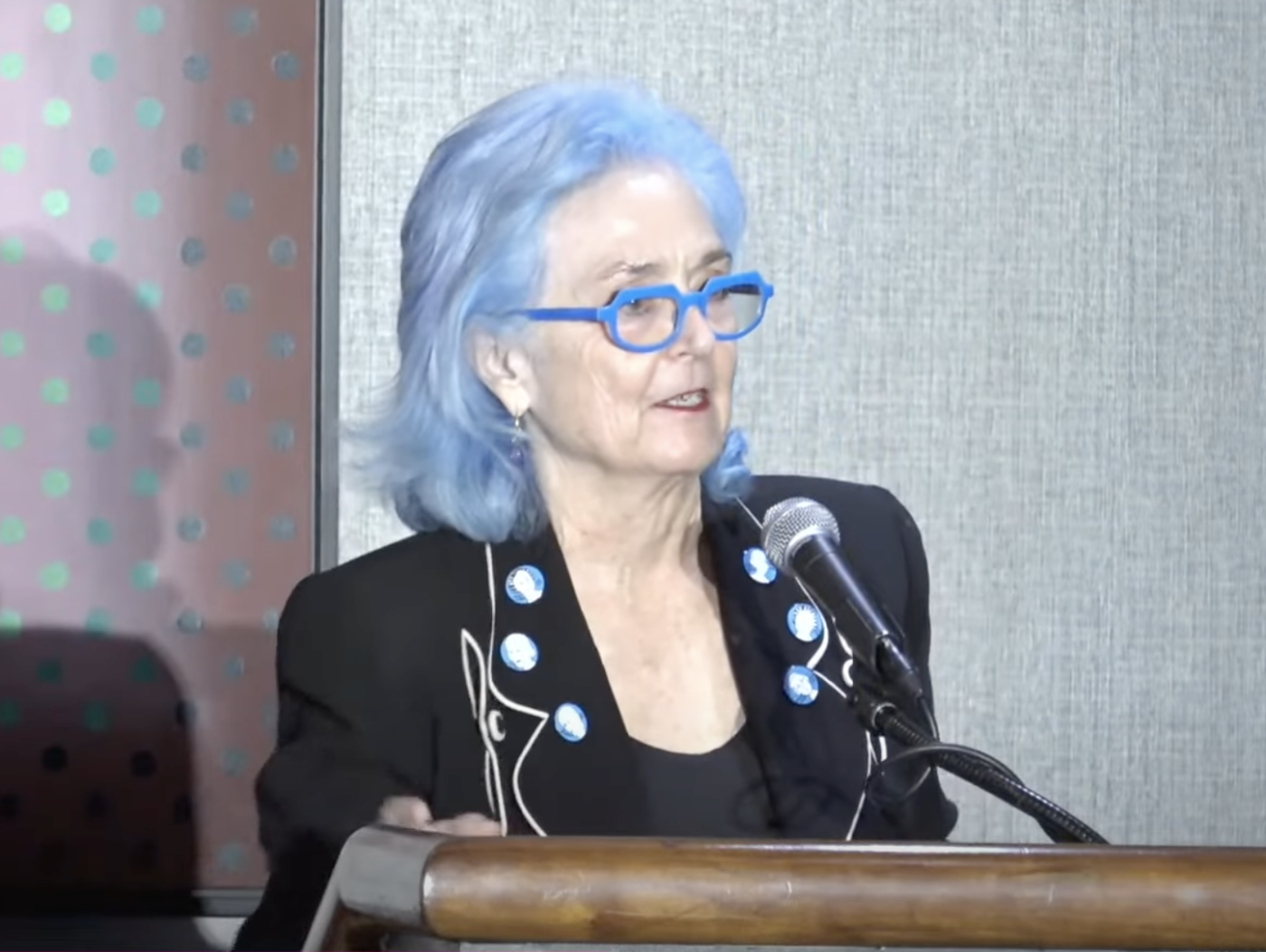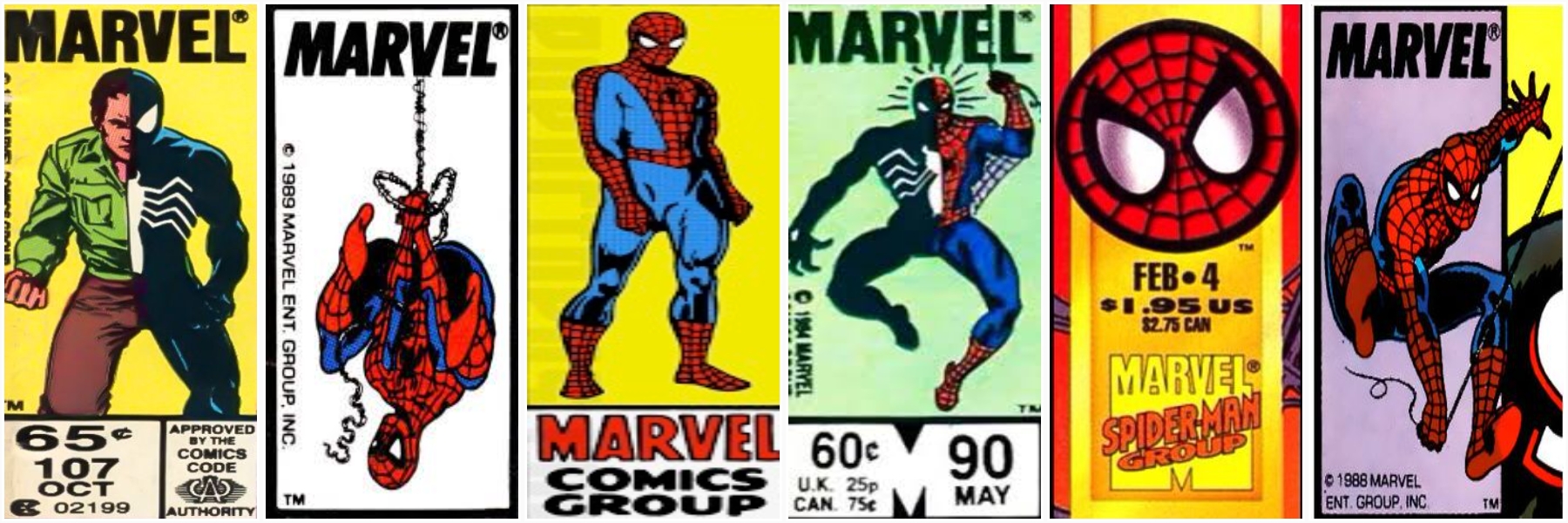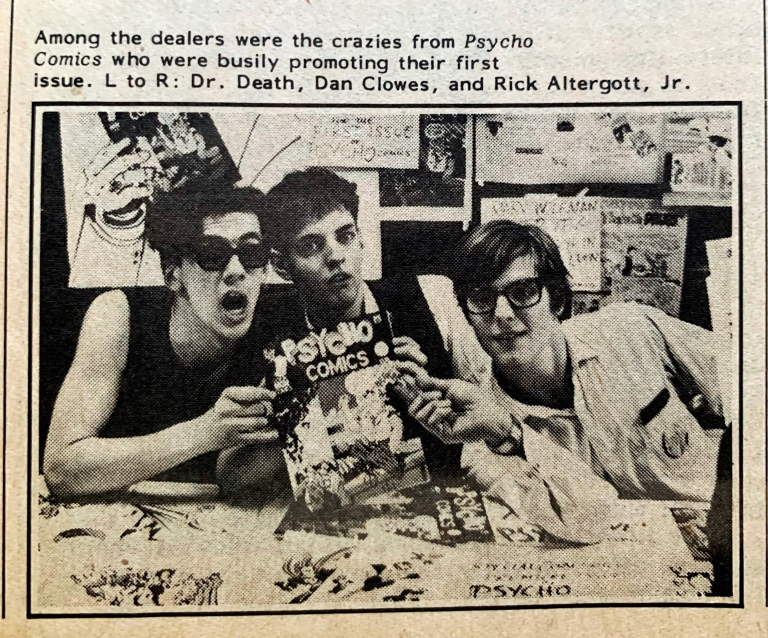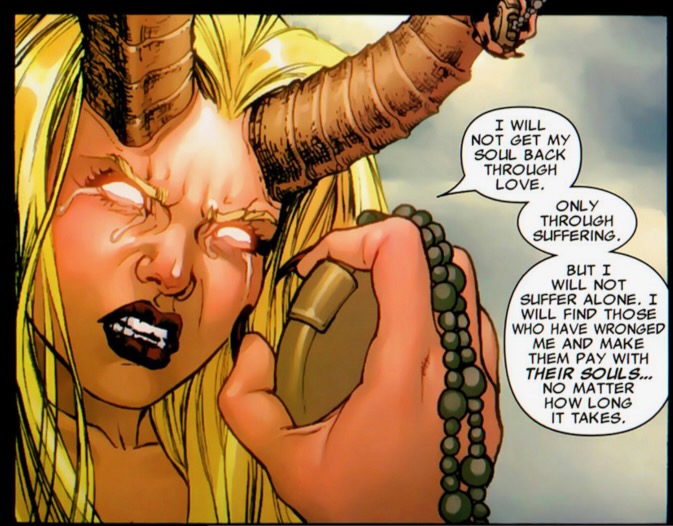For every action there’s an equal and opposite reaction. For every banned book there’s an equal and opposite rise in popularity for them. Tell people they’re not allowed to read something and you’re only just stoking the fires, ramping up the need to see what all the fuss is about. No one knows this better than horror fans, the group of readers whose interests get targeted the most.
Horror is no stranger to book bans. If anything, it could be argued they thrive in them. Their reputations give way to a kind of mysticism that builds up over time, resulting in a very enticing degree of infamy that turns certain books into must-read classics.
To no one’s surprise, horror master Stephen King is one of the most banned authors in America (#1 in U.S. schools). By this point, most (if not all) of his books have faced some form of ban or challenge on the basis of morality, violence, LGBTQ+ themes, and sexual violence. In other words, all the things that make King books so fascinating.
But the fascination doesn’t stem from gratuity. It comes from King’s supreme ability to weave disturbing ideas into human stories about the nature of good and evil. Some people equate that with moral corruption and even satanic worship, none of which are true. These people would know that if they’d actually read the books.
In honor of Banned Books Week, here are four Stephen King books that deserve to be read in defiance of the bans. They’re terrifying, often cruel, but always human. This last point is the real reason why people read King. That and all the werewolves, angry mobs, and clowns that appear in his stories.
1. Salem’s Lot (1975)
This might be King’s true masterpiece, an exploration of how evil festers in small town America. The vehicle for this discussion? Vampirism.
Author Ben Mears returns to his hometown, the titular Salem’s Lot, to write a new book. Following close behind, unbeknownst to everyone, is an ancient vampire that hopes to turn the entire town into bloodsuckers with their prejudices intact.
The book exposes the hypocrisies and prejudices that lie at the core of small American towns to show how little it takes for their inhabitants to turn on each other. All it takes is a single vampire to make a whole community turn its back on the values they used to swear by. It speaks to the moral fractures that were already starting to show and how easy it is to exploit them to corrupt those already being consumed by hate and mistrust.
2. Carrie (1974)
King’s first book is still one of his most complex. It’s a semi-epistolary novel about a girl with psychic abilities. The scariest aspect about it, though, is its depictions of human cruelty.
The titular Carrie is a 16-year-old, fat high schooler who’s made fun of for her appearance. She finds no respite at home, where her tyrannical mother torments her with strict expectations of religious conduct.
Carrie was often challenged for juvenile violence and underage sexual themes. Religious groups also took issue with the book’s portrayal of religion as a means to justify physical and psychological abuse (Carrie’s mom eventually comes to believe her daughter is possessed by Satan).
Within the book’s framework, these ideas work exceptionally well. King uses them to paint cruelty as part of a process that inevitably leads to violence. In a sense, horror begets horror. To reckon with this is to be haunted by the idea of it, which is why Carrie remains one of King’s most impactful stories.
3. The Stand (1978)
The Stand is the kind of book that becomes more important as time passes. It’s scary how prophetic it can be regarding humanity’s insistence on choosing sides and then blindly following whoever claims their way is the right way.
King has always been fascinated by the many shapes the battle between Good and Evil can take, and it’s here where that confrontation reaches its ultimate form.
The book takes place in a post-apocalyptic America that’s been ravaged by a deadly virus that wipes out most of the population. Survivors must choose whether to follow the guidance of a spiritual leader called Mother Abigail or to submit to the dark vision of an evil entity that goes by the name of Randall Flagg.
The book differentiates good from evil in an accessibly political way. Mother Abigail’s side believes in the creation of a new community built on trust and goodwill towards people. Flagg’s camp surrenders freewill to a system that operates like a dictatorship, with a messianic leader in its center (and an infallible one at that). King takes on social divide on a massive scale, and he’s unafraid to let readers know which type of people should be seen as good and which should be seen as bad.
4. 11/22/63 (2011)
While 11/22/63 was targeted more for its sexual content than for any other reason, it’s still one of the most confrontationally political books King has written.
A high school English teacher finds a way to travel in time, leading to his decision to stop the assassination of President John F. Kennedy Jr. He quickly finds out that history is a stubborn force that won’t just stand idly by as the past gets rewritten. The plan involves stopping the man that the official reports identified as the lone gunman: Lee Harvey Oswald.
This one isn’t so much about where things end as it is about the very informative journey to the finale. It’s a story that runs straight through the black heart of 1960s America, eager to pass judgment on past sins.
King lays bare an era of secrets and social instability that kept its horrors closely guarded from the public eye. That is, until a president was shot in broad daylight. There’s a surprising amount of backstory given to Oswald, and it leads to some impressive worldbuilding. This isn’t a doo-wop and vanilla shakes on roller-skates kind of story. It’s about what lies beneath the idyllic scenery, and how ugly it can be.

























 English (US) ·
English (US) ·